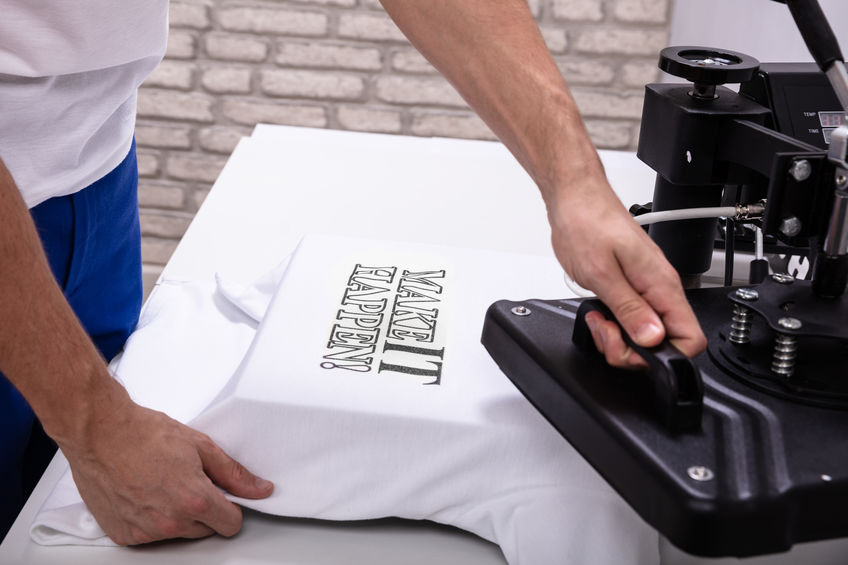Screen printing is a popular technique that many industries apply today in their production and advertisement. There are six main types of screen printing and they are beneficial in that, one can produce vivid colors despite the lightness or darkness of the fabric being used. It is applicable on fabrics, paper, wood, metal, and plastic. This article takes an in-depth look at the different screen-printing methods that you can choose from.
- Spot Color Screen Printing
This method of screen printing is most beneficial while printing 1 – 4 colors. The technique uses the spot colors from a software program that can be able to separate specific colors from a variety of colors.
A vibrant and solid spot of color is printed and can also generate a thicker ink layer that will depend on the ink and mesh count that has been applied. It is the most recommended for printing on darker materials because the colors are vivid and near perfection. The procedure is also simple to understand and perform therefore, is widely used for printing on t-shirts and jackets.
- Halftone Printing
This method emphasizes shading together with tiny dots. The single or multiple colors are printed in a gradient with a range of tones. For example, a solid tone to a halftone of a single color. It will subtly give the effect of multicolor printing without using multiple colors. This can be illustrated theoretically, if one wants to obtain a pink radiant color on a material, a red color can be used to print with a 50% gradient that will then give us the pink result. This procedure only used a single color and one screen.
Halftone printing is therefore cost-effective and gives room for creativity and illusion with the different shades one can achieve.
- Grayscale Printing
In this method of screen printing, shades of grey from black to white are applied. An image with multiple full colors can therefore be printed in one color grayscales or halftones. The resolution of the printed image greatly depends on the lines per inch in the dot pattern. With grayscale printing, there are no expenses in adding different colors therefore it is a cost-effective method. It also gives the producer high-quality images in the various shades of grey where a single shade will represent a color from the colored image that is to be reproduced in printing.
- CMYK (4-Color Printing)
This method applies four colors, those are, cyan, magenta, yellow, and key, which is another representation of the black color. CMYK method allows the creation of prints that are multicolored and most importantly the cost of production is affordable. The concept behind this screen printing method is coinciding the four colors with the key plate to recreate the full tones and color ranges of the image to be printed. The key plate will allow different shades and contrast to form. The procedure is best suited for light-colored and white materials. The fewer colors in use help to regulate the overall expenses to be incurred.
- Simulated Printing Process
The simulated process is widely used for photo prints. This is because, with this method, various designs are allowed with halftones of colors. This means that during printing, halftone ink colors can be used to capture the colors in the original design of the image to be printed. Also referred to as the sim process, it allows the use of both lighter and darker shades of materials to be printed on. There is also the allowance where one can separate the design or the image printed. Altering the images to be more creative or simple to the desired wish is also possible in this technique. To maximize the outcome of the printed image, spot colors are blended with halftones and even gradients. The final image is therefore bold, realistic, and detailed.
- Duotone Printing
When an image is being printed with two colors, this screen printing method will combine two halftones. The first halftone to be printed will be black, and the second one will be any other color. The black halftone will then be combined with the second colored halftone to form a duotone print that has the color hue of the second color used. This method greatly resembles a sepia-toned print used in photography. Duotone printing is suitable for light materials and gives a sophisticated final print.
The six major types of screen printing from spot color screen printing to duotone screen printing are beneficial in their respective ways. One should therefore also consider all other factors to determine which of the methods to use. For example, budget, the number of colors, the quality desired, and lastly the printing area should be considered to make the best decision.


